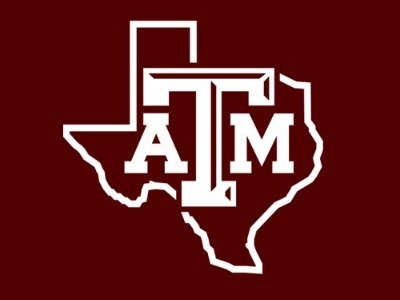
A Shocking Video Ignites Outrage at Texas A&M University
In a world increasingly defined by its debates over social issues, a recent incident at Texas A&M University has escalated discussions surrounding LGBTQ+ content in educational settings. The controversy erupted after a viral video surfaced, revealing a confrontation between a student and a professor regarding the course content of a children’s literature class. The student's objections, stated from a perspective of religious beliefs and political ideology, directly challenged the professor’s approach to teaching inclusive content.
Administrative Changes in the Wake of Public Pressure
In response to escalating scrutiny from political leaders and the public, Texas A&M President Mark A. Welsh III announced the removal of two key figures associated with the course. This decision—fuelled by widespread backlash from Republican lawmakers—signals a notable shift in the administration’s stance on handling course material that conflicts with the university’s stated objectives. Rep. Brian Harrison’s online posts of the video and subsequent calls for investigations from both state and federal officials have heightened this volatile situation, marking a crossroads in educational policy related to freedom of expression and ideological diversity.
Conflicting Perspectives on Academic Freedom
The heart of the controversy rests upon differing interpretations of academic freedom. President Welsh initially expressed firm support for the professor involved, indicating that firing her was “not happening.” However, the political landscape shifted dramatically as pressure mounted, leading to rapid administrative changes. The tension reflects a larger national debate where educational institutions are increasingly scrutinized for their content, especially regarding topics that evoke strong emotional and ideological responses.
Understanding the Historical Context
This incident isn't occurring in a vacuum—over the past several years, educational systems across the U.S. have grappled with similar dilemmas around discussions of gender identity and LGBTQ+ issues. Historical context reveals a trajectory towards more inclusive curricula, often met with pushback from conservative factions. This illustrates a growing divide not just at Texas A&M, but also across numerous state universities.
The Role of Legislative Influence
The influence of political figures cannot be overlooked in this incident. The Texas A&M System Chancellor, Glenn Hegar, articulated a commitment to ensuring that educators do not project personal political agendas in classrooms, highlighting a growing expectation from lawmakers for educational content to align more closely with conservative values. Such legislative influences have emerged strongly, reflecting broader societal debates about what should be taught in schools about sensitive and evolving topics.
Future Predictions: Where Do We Go From Here?
As Texas A&M braves the repercussions of this controversy, it raises questions about the future landscape of education in Texas. Will the university uphold its commitment to academic freedom, or will political pressures continue to dictate educational content? Moving forward, institutions may need to find a balance that respects both diverse perspectives and the educational need for inclusivity.
Decisions Students Can Make With This Information
The unfolding events at Texas A&M prompt significant reflections for current and prospective students. As they navigate their educational pathways, students can consider the extent to which their institutions support a comprehensive and inclusive education. Being informed about these dynamics can empower students to advocate for their educational needs and perspectives, particularly in environments where ideological conflicts may arise.
A Final Thought on Educational Content
The clash at Texas A&M university exemplifies the intricate relationship between education, politics, and personal belief systems. For those invested in shaping the next generation of educators and leaders, it's crucial to engage with these discussions thoughtfully. A commitment to understanding different viewpoints can lead to richer educational experiences that prepare students for confronting a diverse world.
This incident serves as a catalyst to encourage ongoing discourse about the role of public universities in formulating inclusive and representative educational content. Students, educators, and policymakers alike must continue to examine their responsibilities in fostering an educational environment that respects and honors diversity.
 Add Element
Add Element  Add Row
Add Row 



Write A Comment